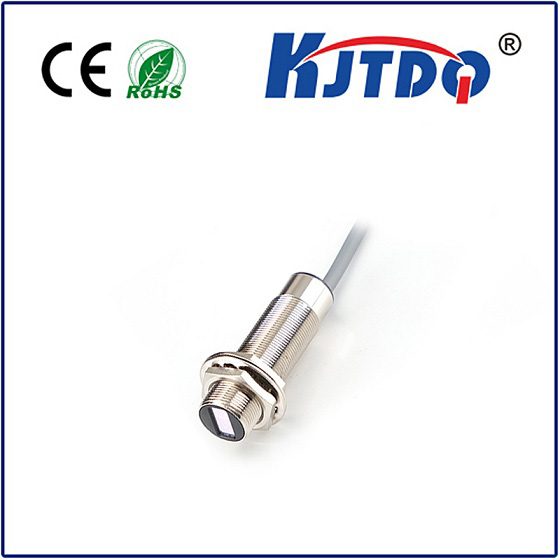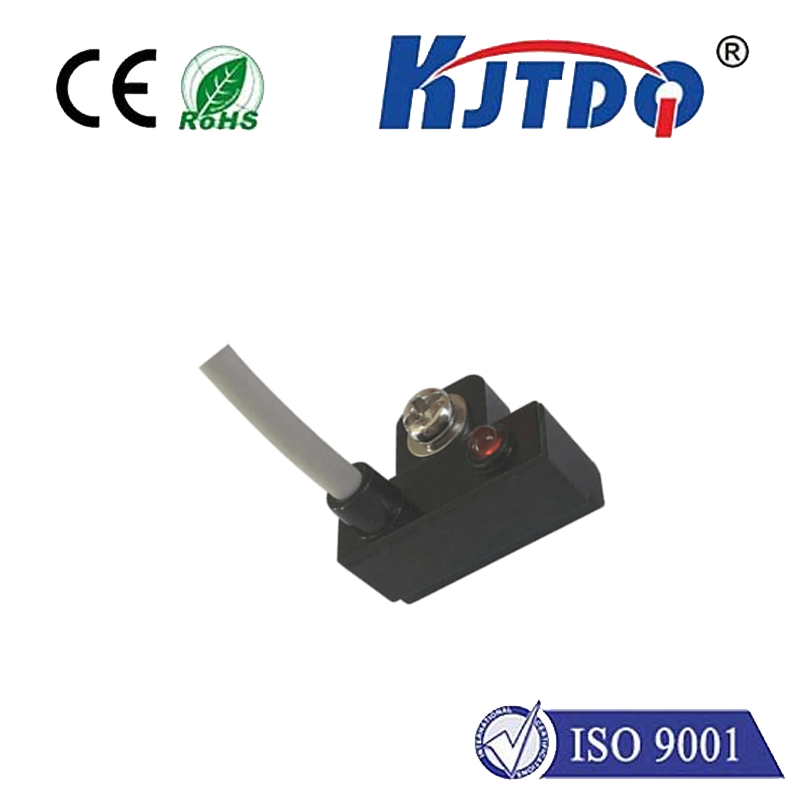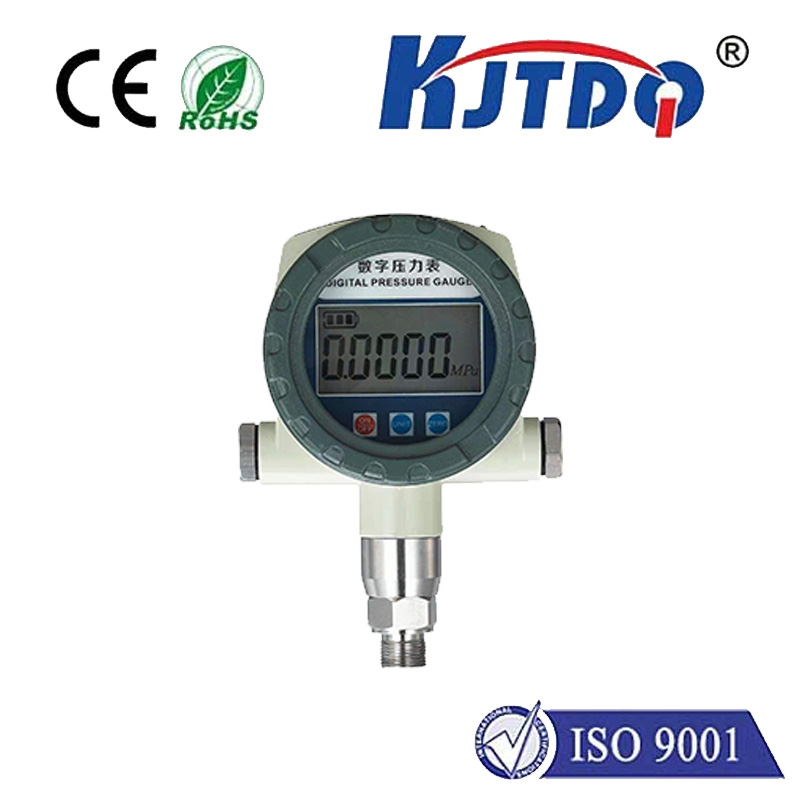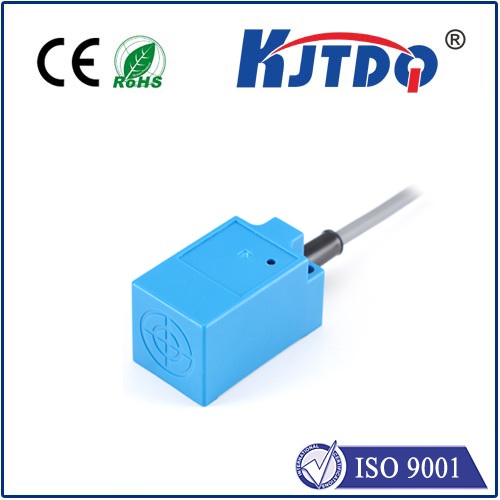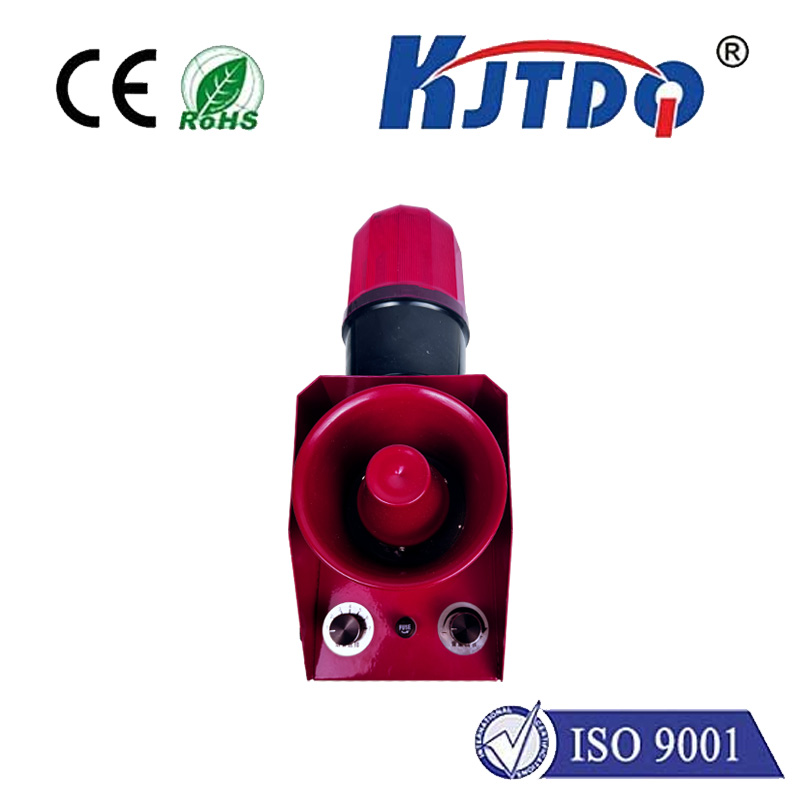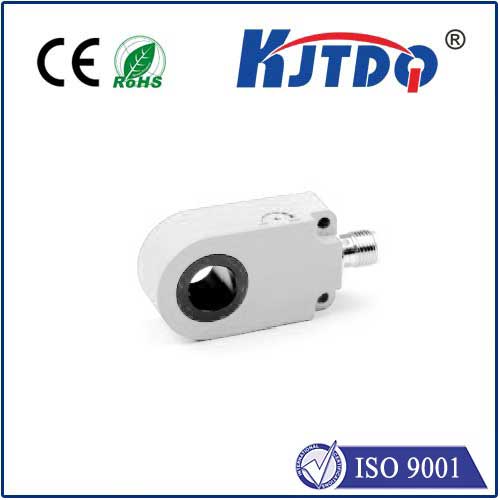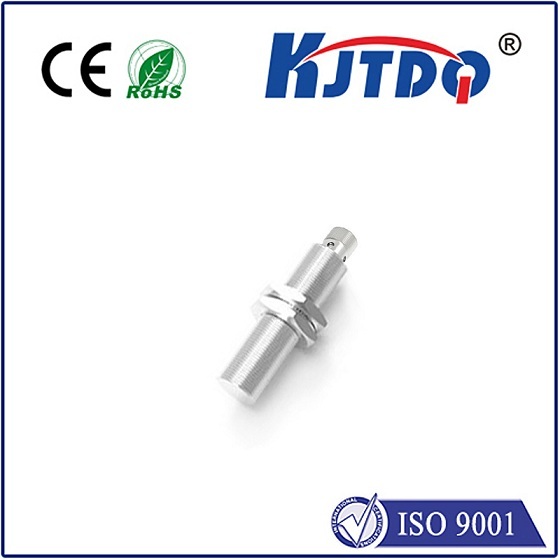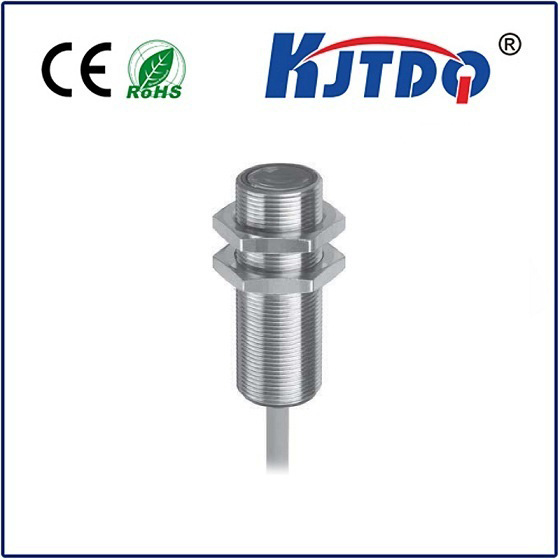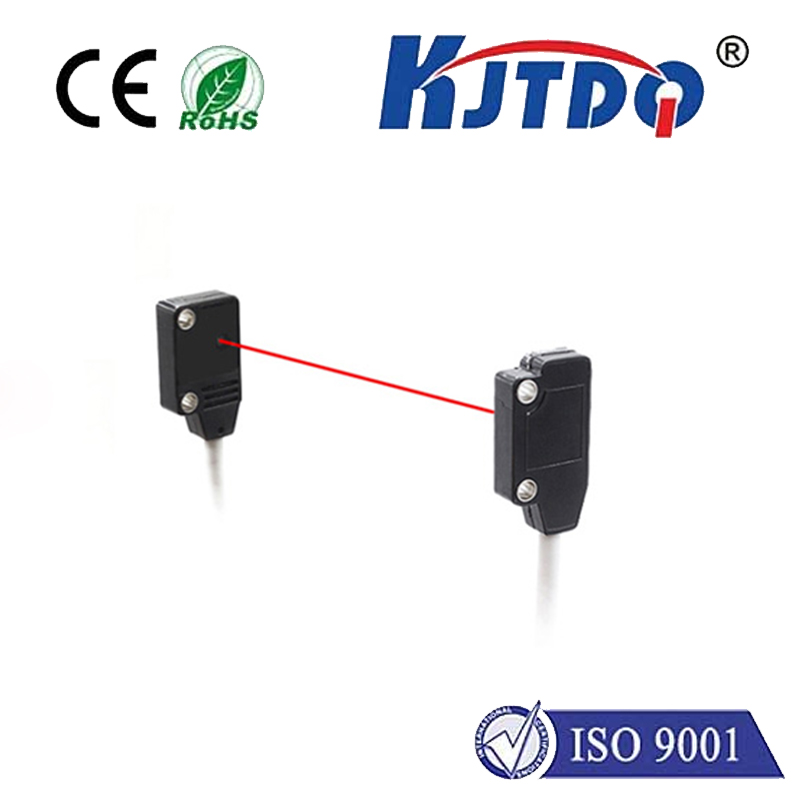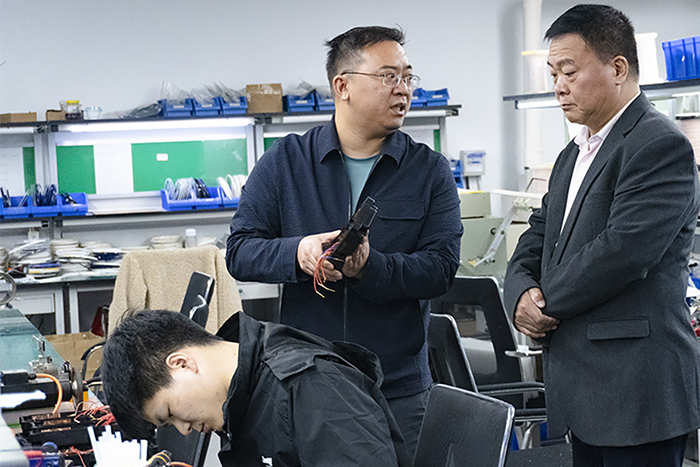
check

check

check
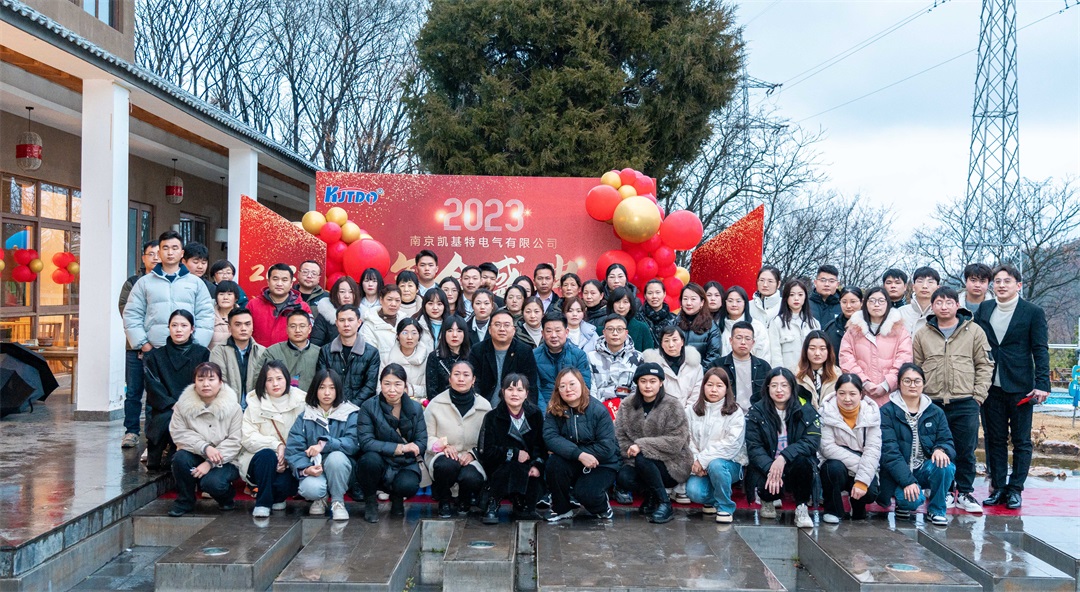
check
Unlocking Precision: The Power of Laser Distance Ranging Sensors In a world where accuracy and efficiency are paramount, laser distance ranging sensors have emerged as game-changers across various industries. Whether you’re an engineer, a construction professional, or a tech enthusiast, understanding the capabilities and applications of these sensors can revolutionize the way you approach distance measurement. This article delves into the workings, benefits, and real-world applications of laser distance ranging sensors, offering a comprehensive guide to their transformative potential.
A laser distance ranging sensor is a device that uses laser technology to measure the distance between the sensor and an object. Unlike traditional measurement tools that rely on physical contact or manual calculations, these sensors offer non-contact, high-precision measurements. By emitting a laser beam and analyzing the time it takes for the beam to reflect back, the sensor calculates the distance with exceptional accuracy.
The operation of a laser distance ranging sensor is based on the Time of Flight (ToF) principle. Here’s a simplified breakdown of the process:
Laser Emission: The sensor emits a laser beam towards the target object.
Reflection: The beam reflects off the object and returns to the sensor.
Time Measurement: The sensor measures the time taken for the beam to travel to the object and back.
Distance Calculation: Using the speed of light, the sensor calculates the distance based on the measured time. Some advanced sensors also utilize phase-shift or triangulation methods to enhance accuracy, especially in challenging environments.
Laser distance ranging sensors are lauded for their precision, speed, and versatility. Here are some of their standout features:
High Accuracy: These sensors can measure distances with millimeter-level accuracy, making them ideal for applications where precision is critical.
Non-Contact Measurement: The non-contact nature of these sensors minimizes wear and tear, ensuring longevity and reliability.
Wide Range: Depending on the model, these sensors can measure distances from a few centimeters to several kilometers.
Fast Response Time: With measurement times often in the millisecond range, these sensors are perfect for dynamic environments.
Compact and Portable: Modern laser distance ranging sensors are designed to be lightweight and easy to carry, enhancing their usability in various settings.
The versatility of laser distance ranging sensors makes them indispensable in numerous fields. Here are some prominent applications:

In construction, accurate measurements are crucial for ensuring structural integrity and compliance with design specifications. Laser distance ranging sensors are used for:
Site Surveys: Quickly and accurately measuring distances on construction sites.
Alignment and Leveling: Ensuring that structures are level and aligned correctly.
Volume Calculations: Determining the volume of materials like soil, gravel, or concrete.
In manufacturing, precision is key to maintaining quality and efficiency. These sensors are employed for:
Quality Control: Measuring dimensions of manufactured parts to ensure they meet specifications.
Automated Guided Vehicles (AGVs): Helping AGVs navigate and avoid obstacles in warehouses.
Robotic Positioning: Assisting robots in performing tasks with high precision.
The automotive and aerospace industries demand the highest levels of accuracy and reliability. Laser distance ranging sensors are used for:
Crash Testing: Measuring distances during vehicle crash tests to analyze impact forces.
Aircraft Inspection: Ensuring that aircraft components are correctly aligned and within tolerance limits.
Parking Assistance: Enhancing the accuracy of parking sensors in modern vehicles.
In environmental science, these sensors play a vital role in:
Topographic Mapping: Creating detailed maps of terrain for environmental analysis.
Forestry: Measuring tree heights and canopy density for forest management.
Water Level Monitoring: Tracking changes in water levels in rivers, lakes, and reservoirs.
With a plethora of options available, selecting the right laser distance ranging sensor can be daunting. Here are some factors to consider:
Measurement Range: Ensure the sensor’s range meets your specific needs.
Accuracy: Look for sensors with high accuracy levels if precision is critical.
Environmental Conditions: Consider the operating environment—some sensors are better suited for harsh conditions.
Integration: Check compatibility with your existing systems and software.
Budget: Balance your requirements with your budget to find the best value.
The future of laser distance ranging sensors is brimming with possibilities. Emerging trends include:
Miniaturization: Development of smaller, more compact sensors for use in portable devices.
Enhanced Connectivity: Integration with IoT (Internet of Things) for real-time data sharing and analysis.
Improved Durability: Sensors designed to withstand extreme conditions, expanding their application scope.
AI Integration: Leveraging artificial intelligence to enhance data processing and decision-making capabilities.
Laser distance ranging sensors have redefined the way we measure distances, offering unparalleled accuracy, speed, and versatility. From construction sites to manufacturing floors, these sensors are driving efficiency and precision across diverse industries. As technology continues to evolve, the potential applications of laser distance ranging sensors are only set to expand, making them an essential tool for the future. Whether you’re looking to enhance your current processes or explore new possibilities, understanding and leveraging the power of these sensors can unlock a world of precision and efficiency.
